I found this circuit on a YouTube video and tried copying it down into a circuit for testing, but the audio that comes out of it is really low quality and distorted. I don't expect sterling quality out of a quick hobby circuit like this, but I do expect something better than what I'm getting. This copying comes with the caveat that I don't really know where to find the video anymore. The schematic, however, is a faithful reproduction of what I have built, complete with all alterations from spec.
I had to fudge some of the capacitor values, given what I have on hand. I added in separately the part where the two channels get mixed with 1K resistors, as I just have the one speaker here and this seems an acceptable way to mix two channels. The audio source has just been my phone, as it's the most convenient thing on hand with the jack in question. The physical circuit is built on a mini solderable bread-board without power rails on it. I know that I should have kept it on a solderless one until I had it thoroughly debugged, but I got excited and locked myself into harder changes.
My questions are:
- Is there anything about this circuit that suggests excess distortion?
- I think I accidentally swapped the order of R3 and C4. Most other circuits seem to have the resistor closer to ground. Is this a problem?
- I had to fudge the numbers on a bunch of the capacitors, making them somewhat bigger than was called for. In general with circuits like this, what range of sizes should the capacitors be and should I err on the side of bigger or smaller when I don't have an exact match?
- Just what is the purpose of C3? I see it in some example circuits but not in others. The datasheet was not enlightening for me.
